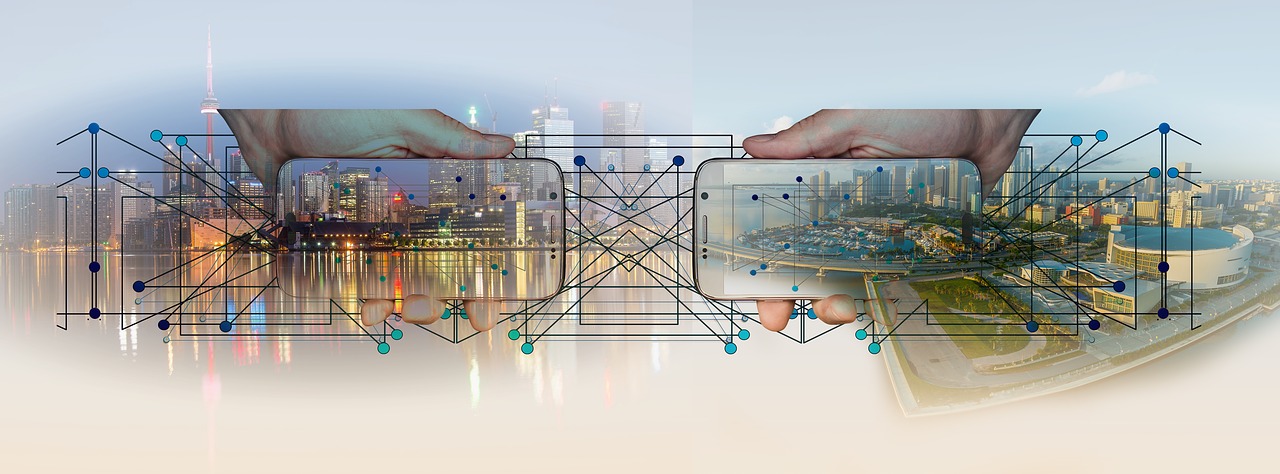geralt / Pixabay
This article was 1st published on our sister Site, The Internet Of All Things.
By: Sourav Rout
The Internet of Things (IoT) is perhaps one of the most talked-about topics today, and there hardly seems to be any industry or sector that will remain untouched. The benefits that IoT promises to bring to the industry, be it in enhancing operational efficiency or optimizing expenditure, serve as a key driving force behind the enthusiasm. It even seeks to alter the way we go about our daily lives, enabling a highly connected world that threads together our homes and its contents, our vehicles, or communication devices and even our bodies.
However, this positive outlook is not without concerns. In as much as industries, technocrats, equipment vendors and ICT service providers may want to see the IoT ball rolling without hiccups, its mass-scale adoption still has some hurdles to overcome.
Below, we discuss some concerns that affect large scale IoT adoption and the challenges companies, especially start-ups, face in rolling out IoT services.
Cost
Cost is a significant concern for enterprise IoT adoption, especially in emerging economies. High expenses related to digital products and services create a negative outlook for local companies in emerging markets, where despite high potential, mass adoption of IoT is often not a strategic focus. Nevertheless, this also creates a positive, more creative ecosystem wherein companies and local agencies strive for foreign investments, and engage with local and regional players to ensure uptake of IoT related services. Digitization should indeed be a strategic goal for companies of all shapes and sizes across geographies and they must realize the long-term benefits of investing in digitization initiatives to stay competitive, efficient and maintain a strong connect with customers across multiple channels.
Awareness
A key challenge that all interested parties need to overcome is in dealing with limited or even no awareness in how a connected ecosystem can benefit them.
An agriculturist should know the pain points involved in growing an agricultural produce and how IoT can help. A telecom operator, apart from providing the connectivity, should be able to understand how a connected offering can benefit its own operations and network performance, optimizing processes, enhancing its understanding of customer behaviour and related target marketing. Mining specialists need to be aware of the enhancements in safety monitoring that IoT can bring to personnel involved in deep-Earth mining.
It is important that service adopters realize the extent to which IoT can create value for their respective organisations. Different entities along the value chain, be they sensor manufacturers, service specialists, network providers, data analysts or platform providers, should engage in a partnership-oriented relationship to increase mutual awareness of beneficial use cases.
Security
Just as the acronym IoT stands for the Internet of Things, it also stands for the Internet of Threats. Cybersecurity worldwide is a key concern of governmental agencies, security services, financial institutions – in fact, no industry is immune to cyber threats. The myriad of devices that will connect together create a serious security concern amongst IoT adopters. Security is as strong as the weakest link, and with the billions of interconnected devices across the ecosystem, it is but natural to ensure optimum (read, fool-proof security may not exist yet) levels of security to prevent data breach, theft or for that matter, data manipulation. Imagine a connected car getting hacked on the freeway and controlled remotely by a rogue element!
Data Translation
Data translation is key to ensuring success of IoT initiatives. Organisations and teams need to understand the relevance of each data stream and the relation one data flow can have with another. And considering the massive scale of connected devices, it becomes all the more important to understand how each data source can bring about greater value to the organisation. As an example, for telcos, how can subscriber usage information be mapped to a region and devices used, which in turn may be related to the potential for churn or the lifetime value of customers. Understanding the technical requirements in conjunction with business needs is critical to ensure full uptake of and benefits from a connected system. Hence, data translation will play an increasingly important role as IoT ecosystems expand and mature.
Strategy
Many companies and government bodies do not tend to have a comprehensive IoT strategy in place. They need to have a vision and strategic direction for either or any of the following four key groups-
Commercial (e.g., home automation)
Personal (e.g., fitness devices, smart phones)
Industrial (e.g., robots, asset tracking) and
Social (e.g., smart cities). Without a strategic focus on these, adopters may fail in realizing the full potential of IoT and especially the positive ROI it can generate through process and cost optimisation, increased customer traction and improved operational efficiency.
Lack of Standards
IoT is currently able to piggyback on existing standards and protocols. However, as data grows and threats multiply, standards will need to be developed for data translation and communication and facilitate massive deployment. Key players are helping the cause by investing heavily in research and development, and this should in the mid to long run, result in globally accepted standards.
Recall, the telecom networks we know today and the standards they operate by, weren’t available overnight. It took years of R&D and collaboration amongst different telco players to have the protocols and standards used today. Same for IoT. Luckily, the push is evident and industry bodies and academia are moving ahead to have unified standards.
Click here to read the rest of the article.




